Exploring the Intricate Ecosystem of River Kollidam through Stand up paddleboard: A Guide to Mangrovebay Ecocamp
- Visitor Blogs
- Mar 2, 2024
- 3 min read
The moving waters of the ocean and rivers sparked humanity's desire for adventure. People traversed the ocean to discover new lands, settled by rivers, and established communities. They grew up attuned to the rhythm of water, which inspired music. Observing patterns, they created calendars. Countless notes and verses were crafted along riverbanks, as what better than a river to remind us of life's fleeting joys?
Looking at the mangroves from a distance, I could not help thinking – we are in the same place as one of the richest biomes on Planet Earth. Technically, the term “mangrove” is used as a blanket to denote a community of intertidal species. Mangroves protect the biome from tidal forces over time. Mangroves enrich the biome. Like a tea strainer that lets the tea out but keeps the tea leaves, the mesh-like pattern formed by the mangrove roots collects the deposits the tides bring in and lets the waters out, thus enhancing the quality of the swamp. And what do the deposits do? They form some of the richest ecosystems within them.
Mangroves serve as a safeguard against erosion. Their roots cling to the soil like a hungry infant to its mother’s breast, thus preventing soil erosion. Despite deforestation, we can see the effects of mangrove destruction in urban marshlands and how these areas tend to flood during monsoons. The roots of mangroves are modified into upward-rising spikes called pneumatophores (literally meaning breathing openings) that act as straws for breathing. This is because of the highly anoxic wetland soil.
The wetland soils are what I’d like to call a “trap-and-sink” – they trap nutrients and act as a carbon sink. The texture of the soil is fine sand, and together with the high saturation of the soil, it feels as if one has stepped on mashed potatoes – there is a gradual give. The waters were extremely clear, giving a clear-glass view of the intertidal ecosystem underwater.
Sandbars or shoals form where the waves break; the breaking waves create a shoreward current and a compensating counter-current along the bottom. Sand is carried by the undercurrent and deposited at the wave break, and over time the sandbar becomes more prominent, unless it gets eroded by a strong rogue wave.
The feeling that one gets when moving towards the sandbar is similar to that in a train—we feel as if the sandbar is moving away from us when it is the river that’s flowing. From a distance, the sandbars look like a field dotted with white flowers. It’s the corals, shells, and barnacles that give it the dotted appearance.
With such rich soil, why wouldn’t birds assemble there? It’s manna from heaven for them! This time, I was greeted by flocks and flocks of wetland birds standing on the sandbars. It was an amazing sight to see, although I felt a little guilty when they all took off as I went near them.
To my daughter and me, the camp on the bank of River Kollidam holds great significance. Both avid Ponniyin Selvan lovers, we cherish the connection between the river and Chola history. We love the moonlight shimmering on the river and the innumerable stars we can see in the night sky. After everything becomes silent, we enjoy sneaking out onto the dock, looking at the stars, watching fish jump across, and talking about just anything.
Man never steps in the same river twice, for it’s not the same river and he’s not the same man -Heraclitus
Thanks to Mangrovebay Ecocamp for the great experience.
About the Author of this blog:
Shruti - Writer by passion and profession. Lover of science and science fiction. Explorer of this beautiful world and beyond. A forever student.
I write about my travels here: Into the Unknown..
I write about the basics of fitness at First Things First.
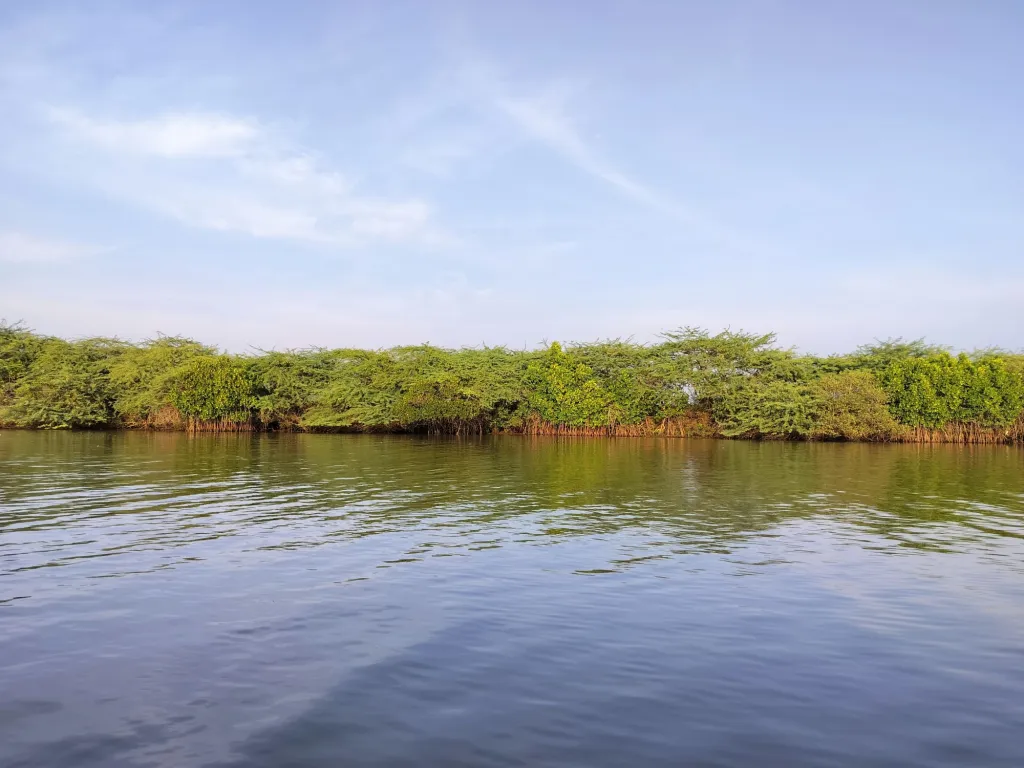
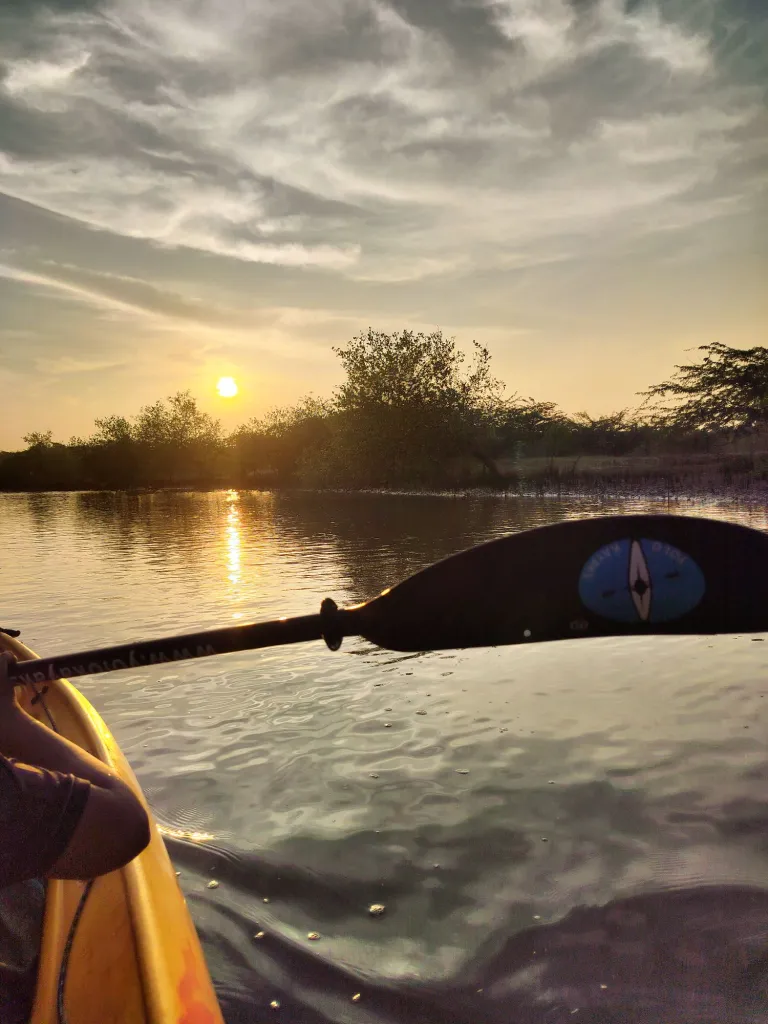

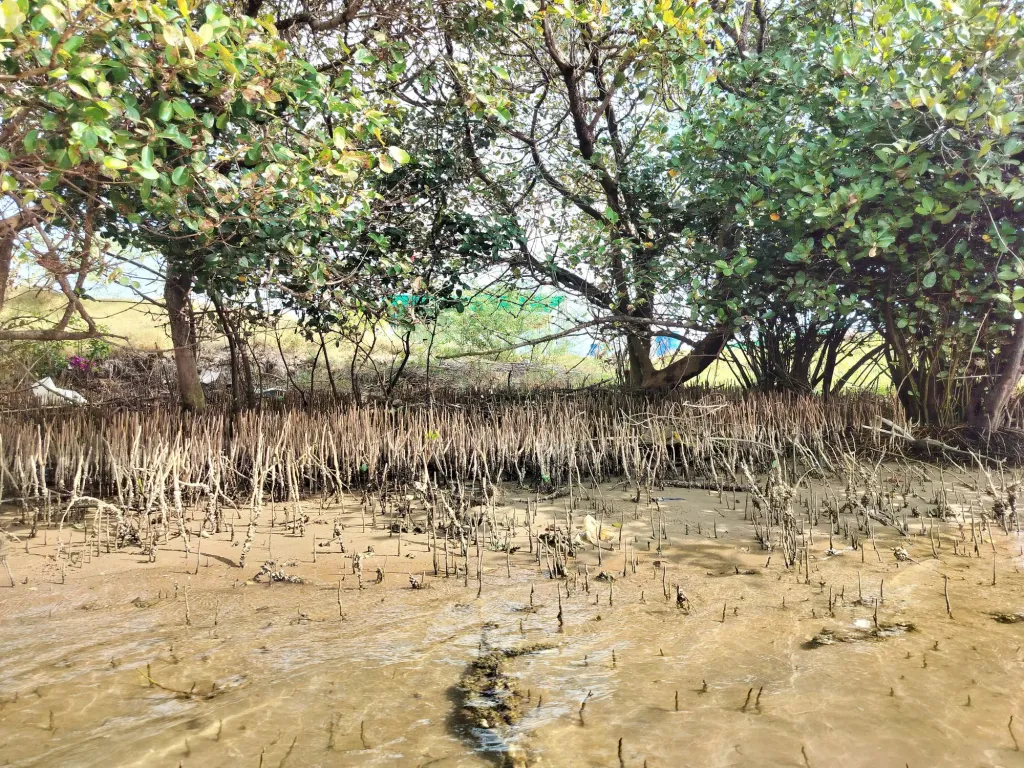


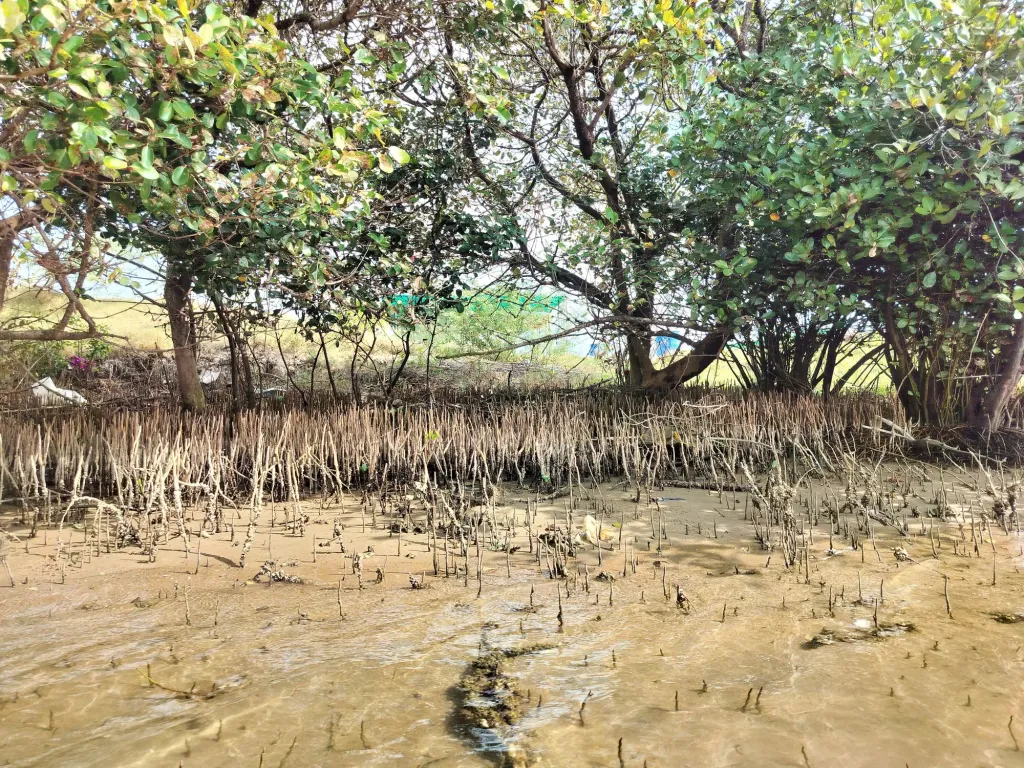



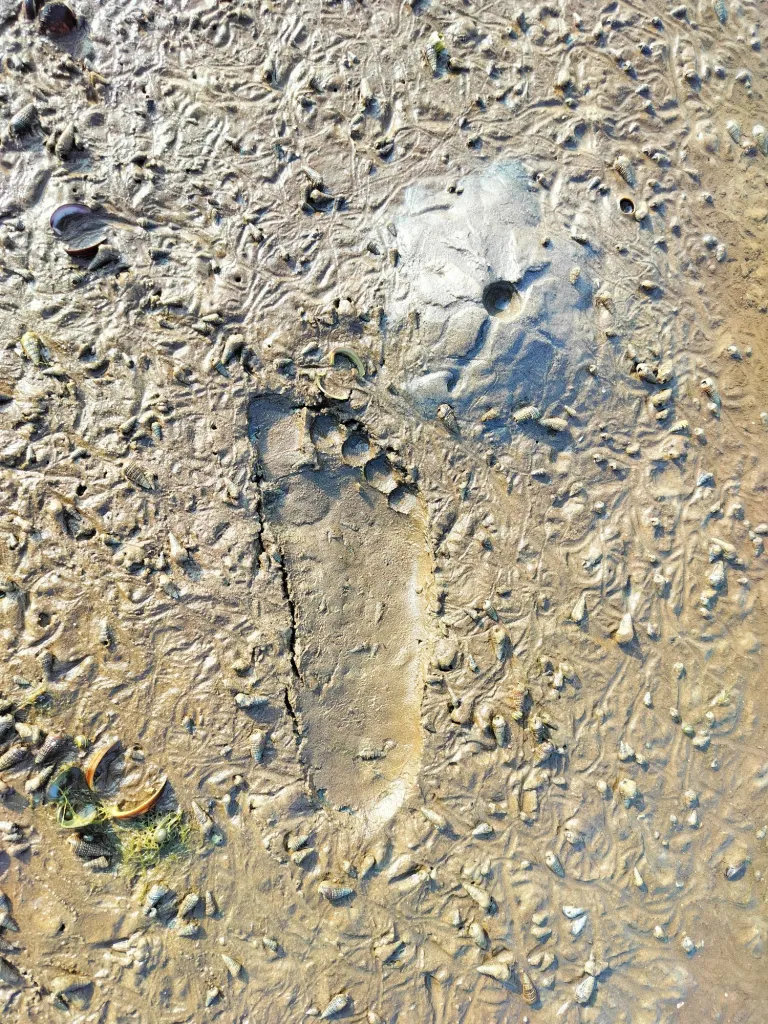
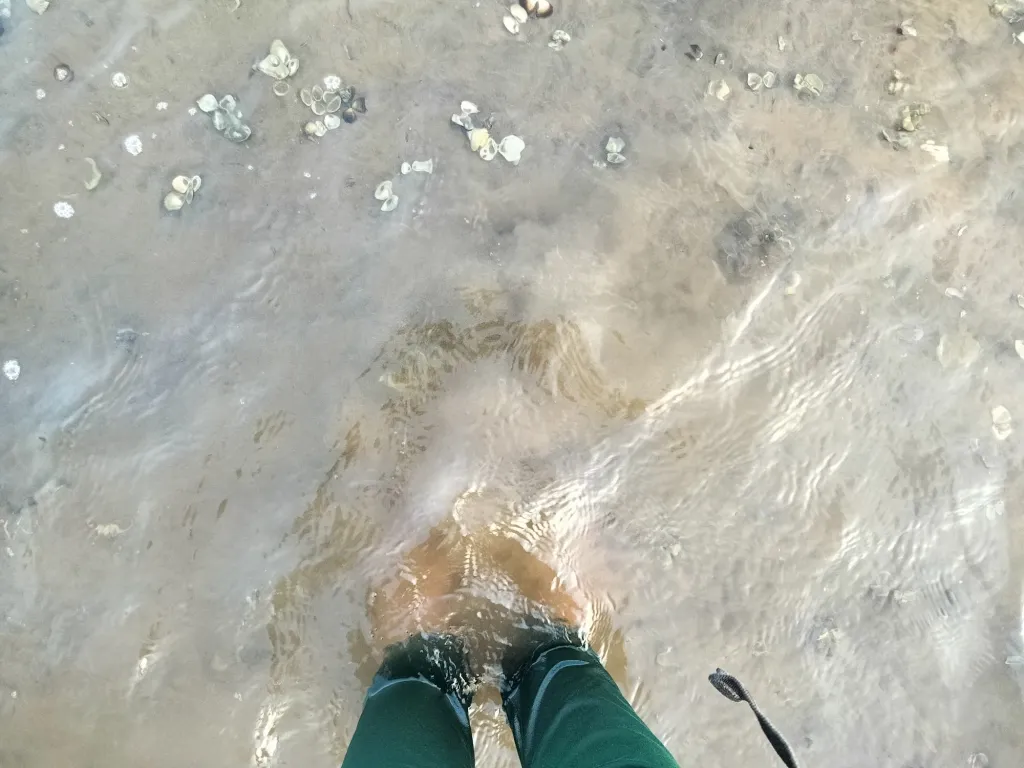



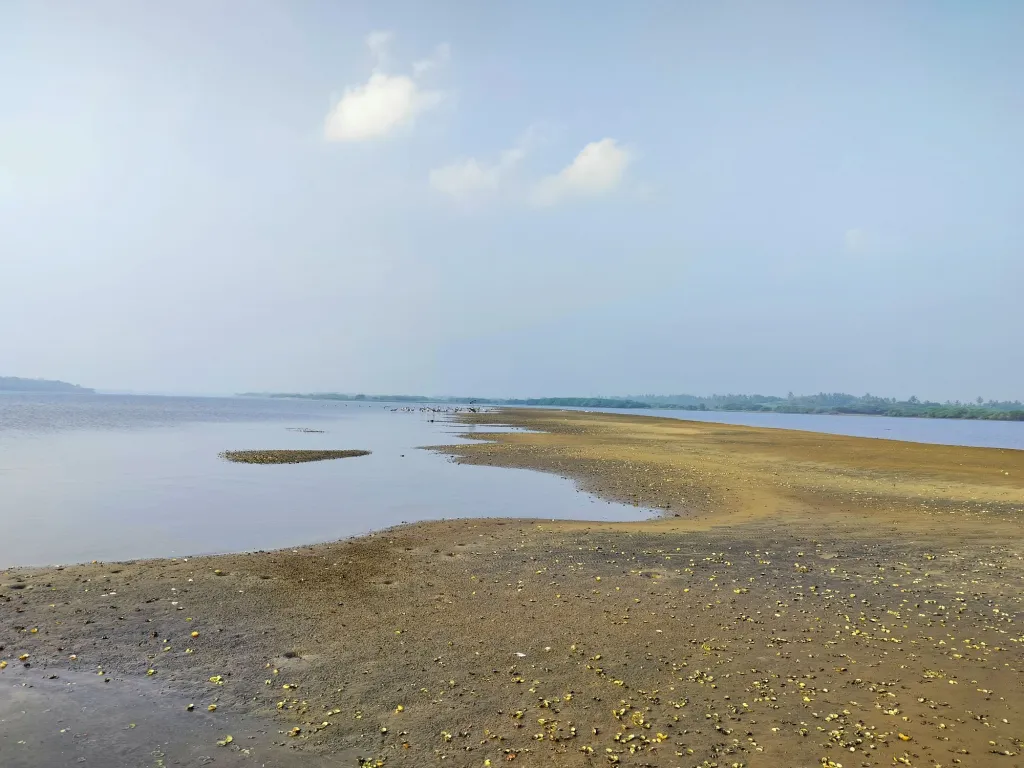





















Comments